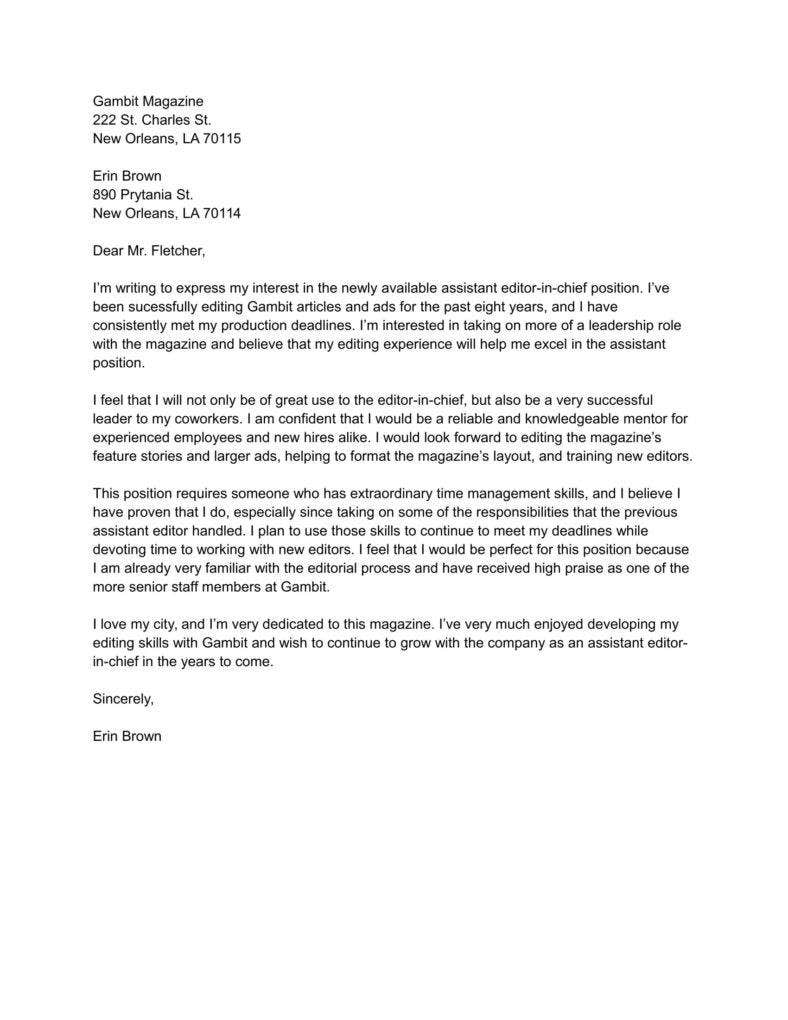
Planning for success involves identifying the most important positions and skills that your organization requires. This process also helps you identify weak spots and potential talent acquisition opportunities. External sources of talent can also be identified and strategies developed to recruit new talent for these important positions. For example, you might want to partner with other organizations to recruit employees with critical or essential skills.
Assessment of talent pool
The key to a company's success is assessing the talent pool and planning for succession. It helps to identify key competencies, responsibilities, as well as help allocate people to different positions within an organization. External and internal assessments can both be used for assessment. There are many methods for talent pool assessment.
Assessing the talent pool to support succession planning starts with defining the employees who will be affected by succession planning. This can include pay plans, occupational series, grade level and location. Manager definitions or employee surveys can also help define the talent pool.

Identifying key positions
The first step in succession planning is to identify key positions. These are positions with high decision-making authority and specialized responsibilities that impact organizational success. These may be managerial positions or individual contributors with specialized roles. Key leadership positions are usually the most influential in the succession pipeline and have substantial impact on the achievement of strategic and operational goals. To identify key positions, it is necessary to analyze the workforce. This framework is provided by the State of California Workforce Planning Model.
It is important to consider the individual's personality when assessing candidates for key roles in your organization. While it's natural for you to want to encourage a prominent employee, it's important to be objective about the person's performance. It's easy to overlook someone who performs well behind the scenes, and these employees can have a huge impact on your business.
Development of talent pool
A key step in succession planning is to develop a talent pool. It helps organizations align their workforce needs with their corporate vision, define competencies around skill groups, and conduct talent assessments to identify gaps in skills and experience. A talent pool can also help organizations increase their retention rate by reducing vacancy periods.
Talent pools may be used internally or externally, depending upon organizational needs and skills. An internal talent pool is a good way to improve retention and lower training costs. This strategy is not foolproof, so you should make sure to do your research before making a final decision.

Implementation and maintenance of individual development programs (IDPs) in partnership with talent pool
A key part of succession planning is the creation of individual development plans with talent pool. These plans evaluate employee readiness in the current role and assess their long-term career goals. An IDP can help organizations understand the skills required to grow their talent pool.
Modern organizations are dependent on talent management. This study examines the importance of talent management in succession planning.